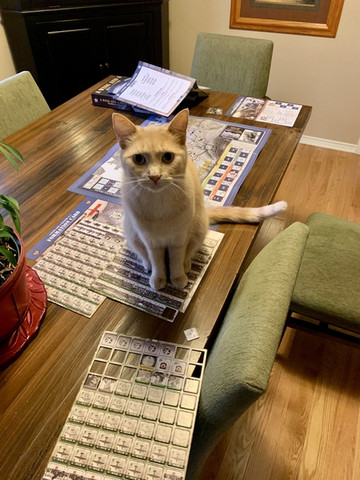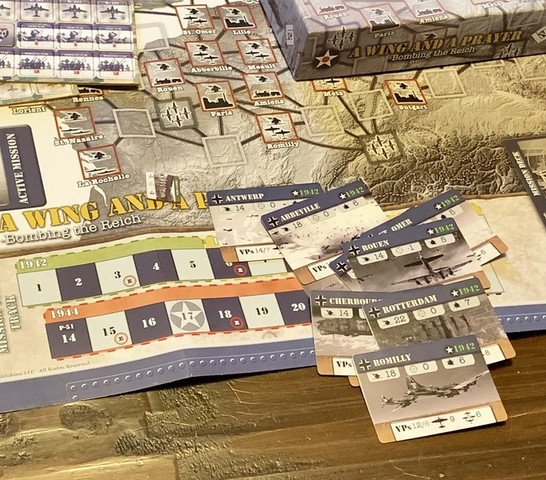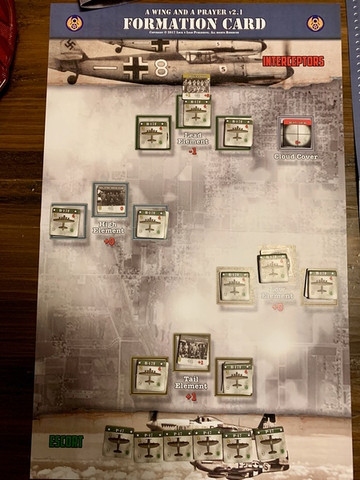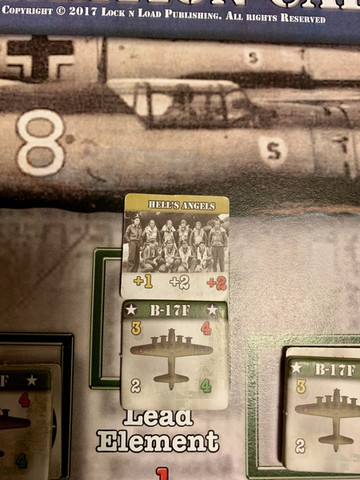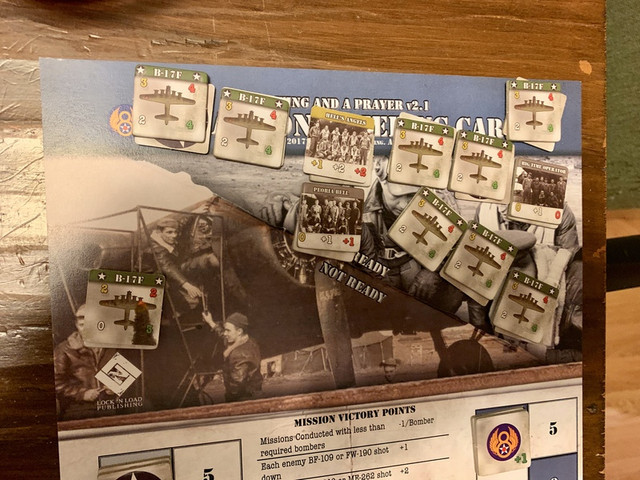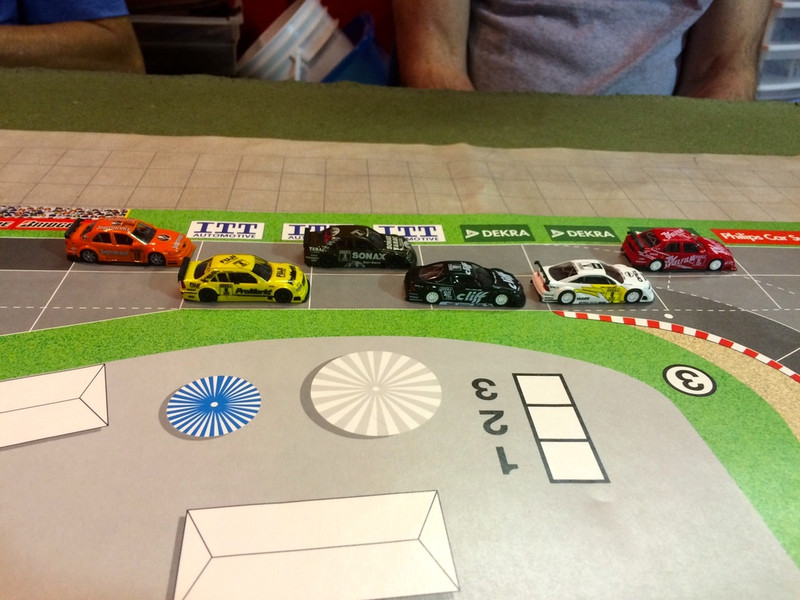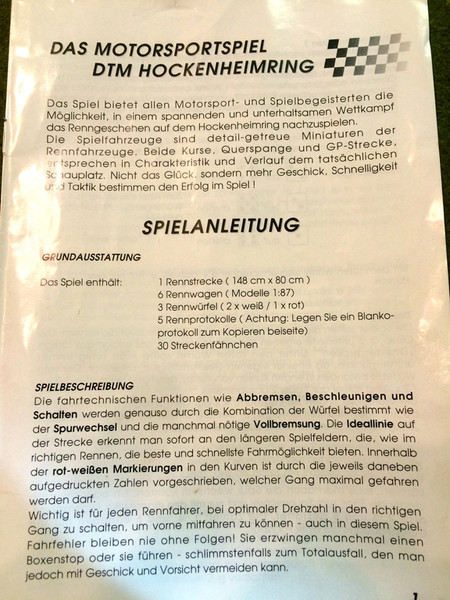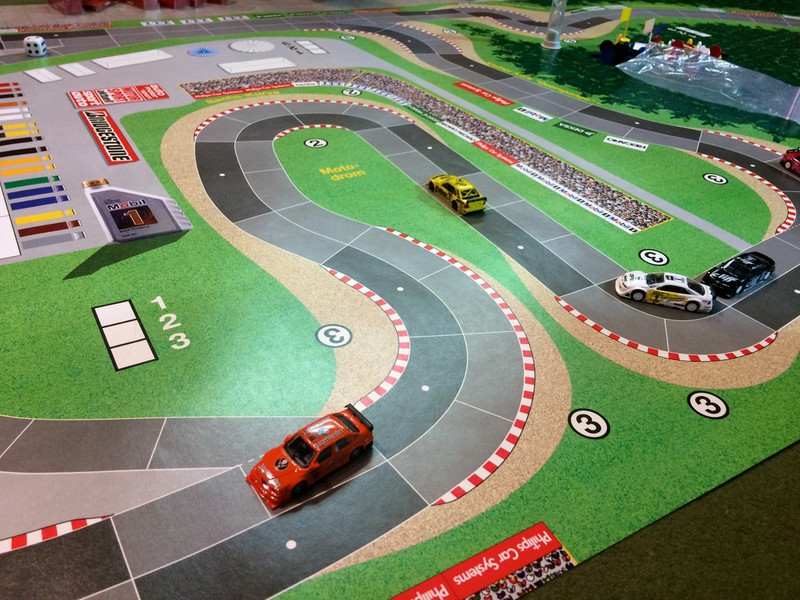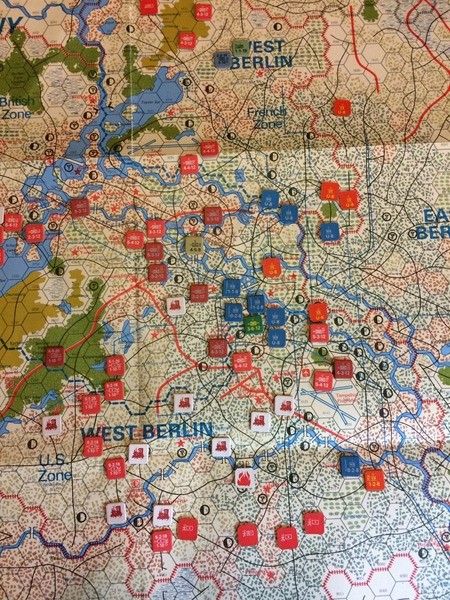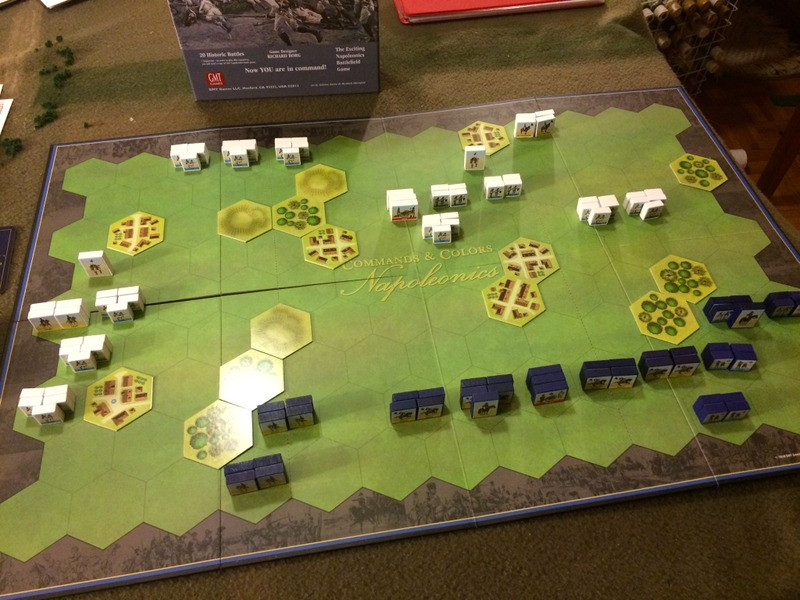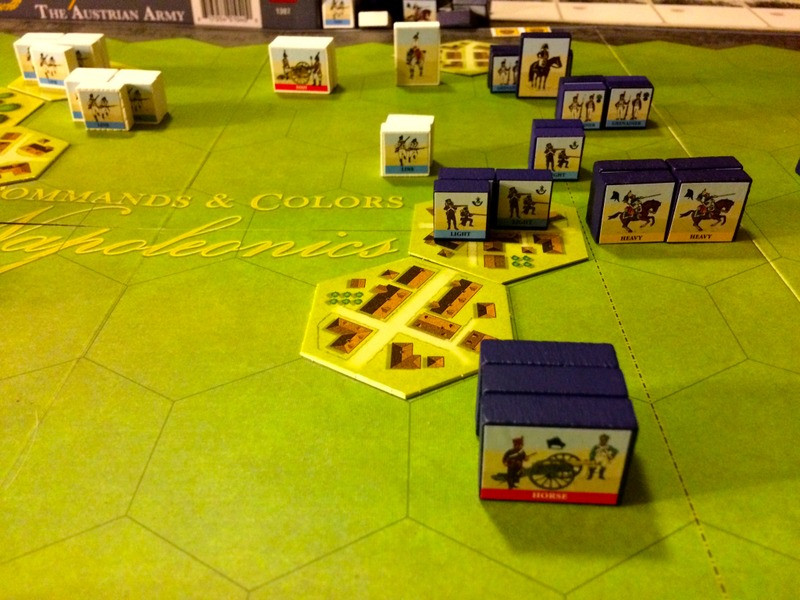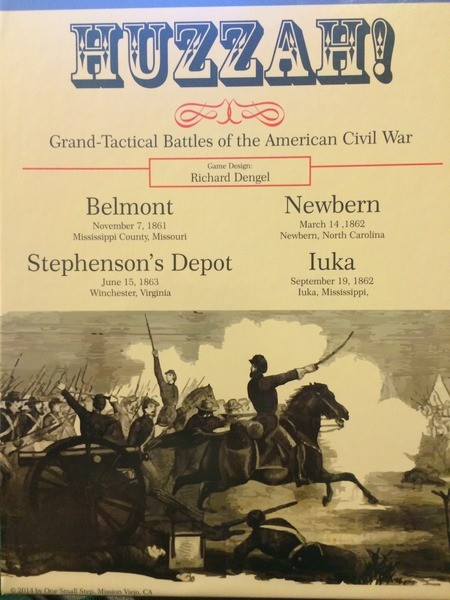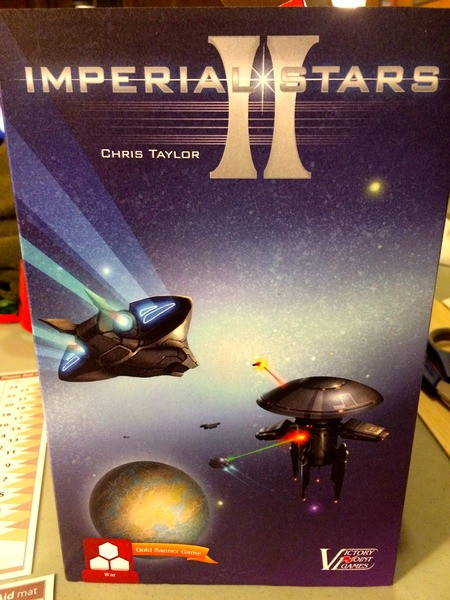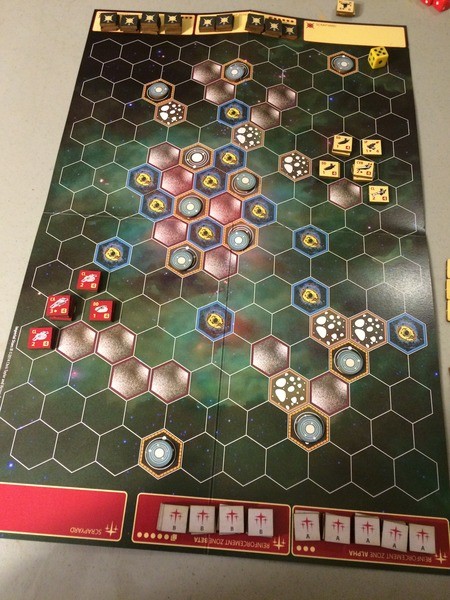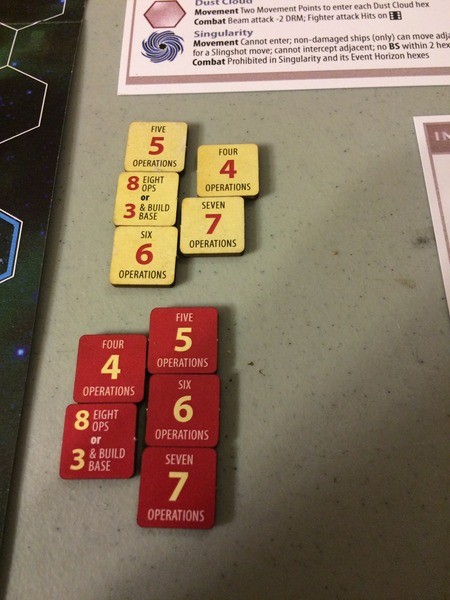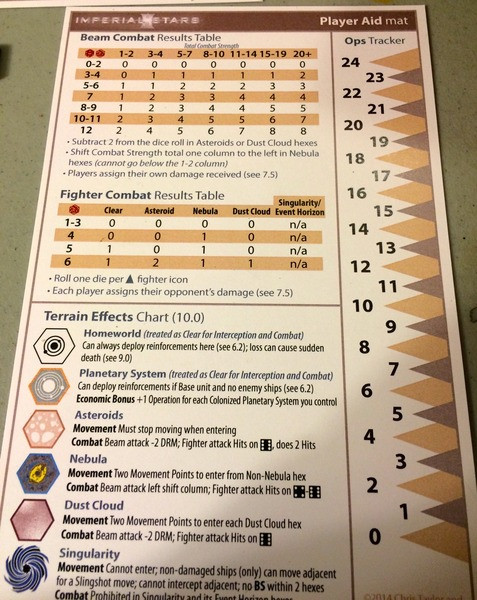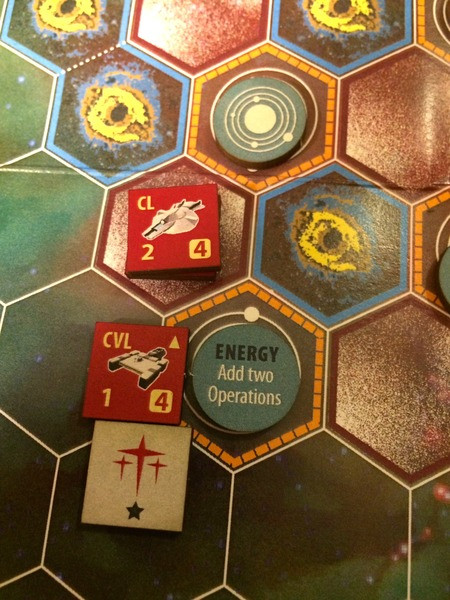Madame Padre and I are on holiday, enjoying the train, the famed “Canadian”, as we roll across northern Saskatchewan towards Alberta, Jasper and the Rockies on our way to Vancouver, where Madame has a bucket list of gardens, parks and other beauty spots to enjoy. We’re told we won’t see the mountains until early evening, so lots of time to write up some thoughts on a game I’ve been playing for a few weeks now.
Target for Today (TfT) is published by Legion Wargames, a solo game with a tactical focus as you fly a B17 Flying Fortress or B24 Liberator in a campaign of daylight bombing missions over Europe. The game thus has an ancestry that includes Avalon Hill’s B17: Queen of the Skies. Solitaire games (GMT’s submarine games like The Hunters are other recent examples of the genre) have good and bad points. On the positive side, you don’t need an opponent, which is how I do most of my gaming these days. On the negative side, you are playing against the game, which really means working through a series of charts and tables, rolling lots of dice, and hoping for the best, which can get rather repetitious after a while.
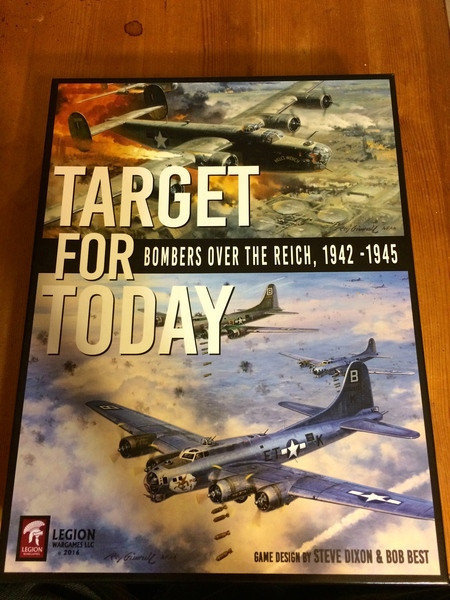
TfT is a very granular game, with charts and stats for early and late models of B17s and B24s as well as the short lived bomber escort version of the B17. The game features each individual crewman and crew position, and the gun positions that most of the crew members man. Once your crew is aboard, your mission is determined by a random die roll featuring a list of targets appropriate to the year and month. Each target, depending on its distance, has a series of zones that most be transited on the route to the target and the route back home. Zones are rated for being over water or land (which can effect your survival chances depending on whether you ditch or bail out) and the chance of fighter interception by the Luftwaffe. Depending on the distance to the target, you may have a lot of zones to navigate, which determines the time necessary to play.
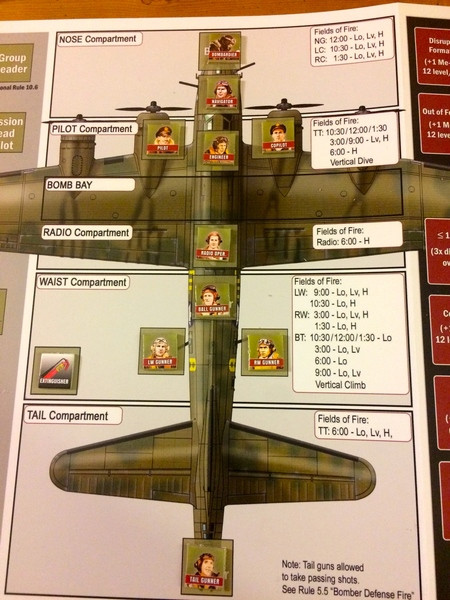
A typical zone transit works as follows. For each zone you first check the weather, which can vary from clear to 100% cloud cover. Heavy cloud cover can make it harder for the Luftwaffe to find you, but if the target is cloud covered, it’s obviously hard to hit. Then you roll for the chance (usually 1-3% for B17s, 1-5% for Liberators) of some sort of mechanical failure. Then you check for contrails, which if formed make it easier for fighters to intercept your bomb group. The you check the chance of interception, and if unlucky the intensity of the opposition, the number and type of German fighters less whatever your own fighter escort can do) and then the positions of the enemy fighters.
Fighter combat is played out on this battle board. Depending on which of your gunners have good arcs of fire, you allocate your guns and the type of fire (spray fire is good for forcing fighters to break off, but uses up your ammo faster). Once your defensive fire is determined, any German aircraft which are not shot down or aborted can make their attacks. If successful, damage is checked on a series of tables depending on the angle of attack and the parts of the plane likely to be hit from that angle.
Here is where the game breaks down a little, because by the time you have reached this point, you are moving between three printed booklets, one of rules and two of tables, including one booklet just for hit and damage tables. Since a zone may have up to three waves of fighter interceptions, each of which can have several rounds of combat, it can take a long while, especially as the level of damage is quite granular. While there are several results that can end the game outright (for example, a flak shell exploding in the bombs in the bomb bay), most of the results are non-fatal but have a cumulative effect.
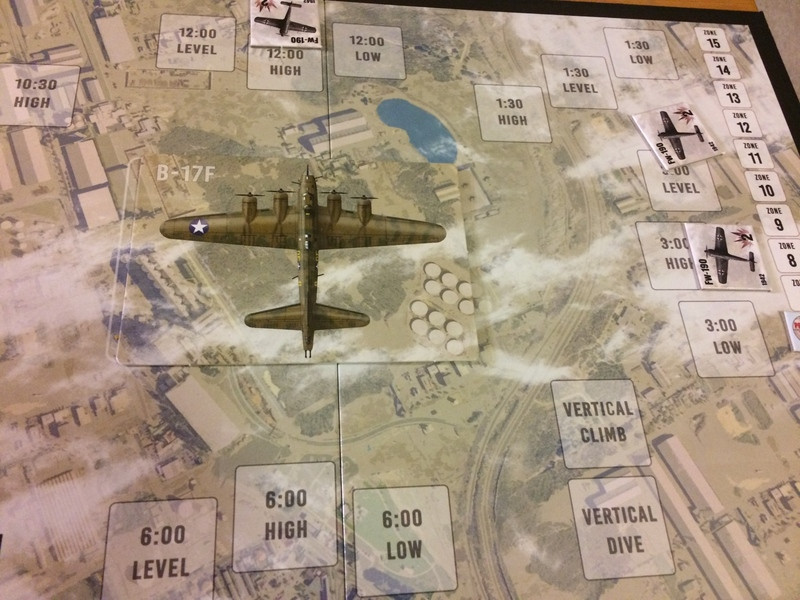
As an example, I took an early model B24 Liberator on a raid in early 1943. The target determined was an airfield in Cottbus, which is nine zones from the airfield, so a lot of die rolling there and back. By the time Lucky Lady (as I called her) reached home, she was badly shot up. One waist gunner was killed, and the other was seriously wounded. The bombardier was manning a waist .50 cal because the nose gun was knocked out. Each wing root had taken two out of four hit points (four and the wing falls off, which is bad). The radio was destroyed, making an SOS rescue call impossible in the event of a ditching. The intercom system was shot out, giving a negative modifier to all defensive fires. One of the aerlions was shot up, increasing the chances of a crash on landing. One of the four engines was damaged and racing, but still working. Both the ball and the top turrets had one of their two .50 calls inoperative. The navigator’s workspace had been wrecked, meaning that Lucky Lady would have a harder chance getting home if she had fallen out of formation. Nevertheless, she persisted and made it to Cottbus, dropped her bombs, and made it home, successfully landing on a very tense percentage dice roll. The wounded waist gunner would survive, but would go home on a hospital ship for the duration. Lucky Lady was repairable, and the surviving crew could go on to their next mission, with two new waist gunners. Crewmen who had recorded 5 kills (the top turret gunner) would qualify for an ace positive modifier on defensive fire in future missions.
In return, I calculated that the crew of Lucky Lady had accounted for at least a dozen fighters destroyed, and that many more damaged. That result seems excessively high to me, but that is only a gut reaction. I suppose the downside of this sort of game, like a Hollywood film, is that you have to have the perception of risk but the emphasis on the agency of the heroes, otherwise it would be a dull game.
As an extra layer of chrome, there is a sub-game where you can follow the fortunes of the bomb group that your plane is part of. For each round of fighters or flak the player consults a table to see if another plane in the group is at risk, with the possibility of damage (1-6 points out of 6) or even the plane being destroyed. This sub game can also interact with random events from the main game, which can result in mid-air collisions among the bomb group or individual cells of planes being temporarily disrupted and more vulnerable to attack. In Lucky Lady’s first mission, the entire bomb group returned safely, though eight planes had sustained damage, of which three had lost four of six damage points).
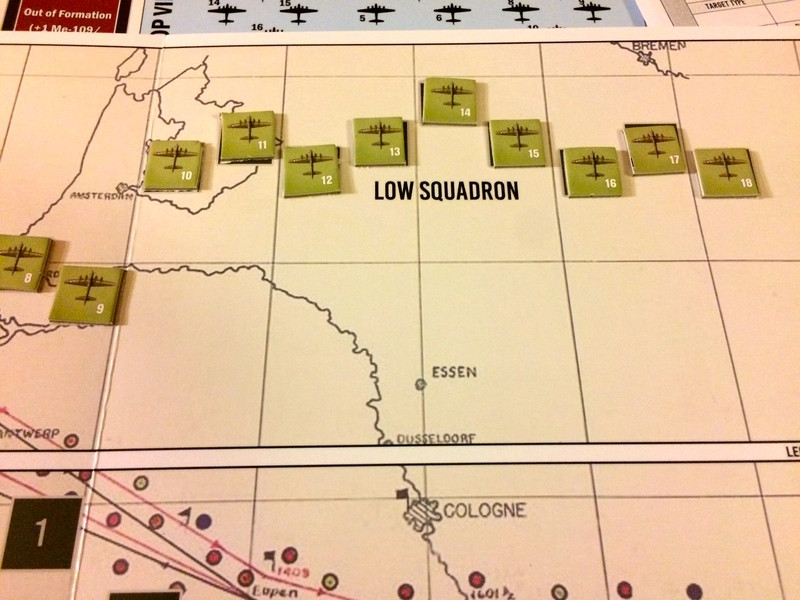
TfT is a lot of great ideas crammed into one game. Some of the systems may need to be discarded or streamlined at the player’s discretion for a faster game. For example, you may not care that Navigator Bloggin’s left forearm is grazed according to the wounds tables. It may just suffice that he is lightly wounded. Likewise, while it may be satisfying after shooting down a FW 190 to check the enemy plane destroyed table to see how it was destroyed, that is the chromiest of chrome and wholly unnecessary. While there are a host of player logs and damage/ammo records that can be photocopied and used during play, I have found that a running log on a scratchpad saves the aggravation of sorting through multiple log sheets in play. Even cutting a few corners, a long mission can take a long time to play. It easily took 3 hours of real time to complete the epic journey of Lady Luck and that time cost could be a problem for those looking for a quick gaming experience
For fans of the bombing campaigns over the Reich, TfT may well provide an immersive experience. However, for a game where the question of interest is, can I survive 25 missions, the player may lose interest before learning the answer to that question.
As a quick bonus review, I had a chance to play a game called Mare Nostrum - Empires at the club last week before going on holiday. It’s an expansion/reboot of the 2003 Eurogames title, this time published by Academy Games - the kind of game where you expand, build, and maybe fight other players on your quest for glory. It is very loosely historical, since the empires in play include Rome, Persia, and Atlantis. Different races have different advantages. Egypt, being most civilized, can build stuff more easily, whereas Rome is best at fighting, and so on. The owner of the game picked up this deluxe, extra-large rubberized map, which really shows it to advantage.
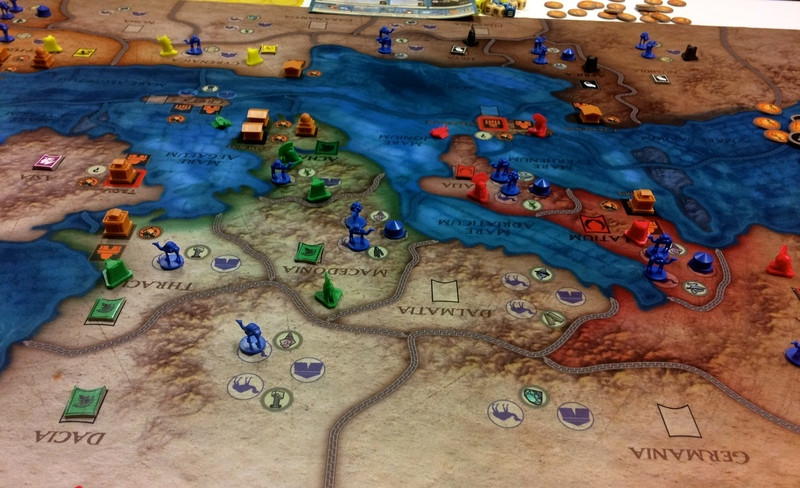
Mare Nostrum allows sudden death victory in several ways, such as being the lead on all three of these tracks (trade, civilization, and military prowess) at any time in the game. The cards above the tracks are various superheroes (such as Penthilsea, the Queen of the Amazons) who can be purchased in lieu of buying temples, cities, troops, ships or other useful things). Again, get enough of these superheroes and you win the game automatically.
I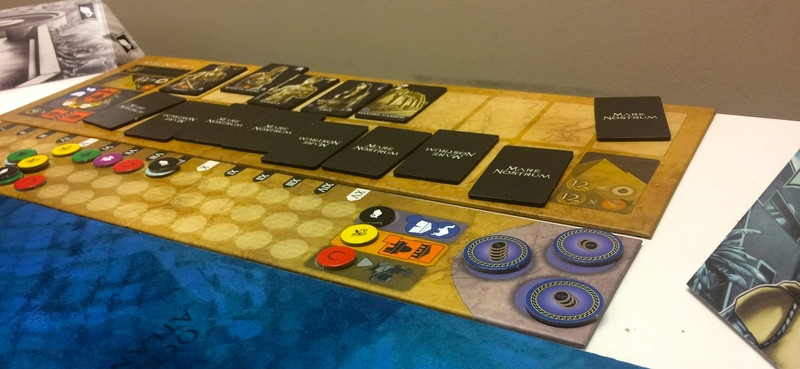
n the one game I played, I was slowly chugging along, trying to expand my little Roman empire. I had expanded to Sicily, hoped to colonize the legendary city of Syracuse and get a hidden legendary city goody that might help me, while raising some troops to deter my neighbours, who were also slowly building stuff. The guy playing Carthage had opted to recruit a stable of heroes, but he was two away from winning the game that way, and those last two heroes were pretty expensive, so I wasn’t worried. Then, the Egypt player, who also owned the game, revealed that he had raised 10 gold pieces that we were totally not tracking, enough for him to buy the Great Pyramids, which was, quelle suprise, another Sudden Death way to win the game.
Because I had been so invested in the idea of slowly building up Rome the traditional, incremental way, and maybe fighting some battles along the way, I was oblivious to the game as game, and to the various routes to victory that it offered. I have trouble remembering that games of this sort are, well, gamey, and need to be approached as such. Instead, I was fixated on the idea that I was playing a more complex, traditional sort of expansion game. As the victor pointed out, one of the advantages of Mare Nostrum is that it can be played to a resolution in under two hours, which for a club game on a weeknight is a highly desirable outcome. Nevertheless, I found myself dissatisfied. Despite the myriad numbers of chrome and levels of complexity in a game like TfT, it offered a substantial experience, whereas Mare Nostrum was like a delicious creamy pastry, lovely to look at but easily disposed of in a few bites and leaving me wanting more.
If you are on Twitter, I invite you to follow my account, @madpadre1, because I have live tweeted several B17 missions, putting my Twitter friends into the various crew positions for a mission somewhat abbreviated for playability. It has proven to be a lot of fun, as over a couple of hours you get the chance to risk flak and fighters, with lots of silly banter and some .GIFs along the way. I try to give folks a few days notice to reserve their spot in the crew, so grab your sheepskin bomber jacket and come along for the fun but be warned, on our second mission we lost our navigator, who lost an arm to a flak splinter, and is now going home. Maybe you can replace him?
Blessings to your die rolls and bombs away!
MP+
